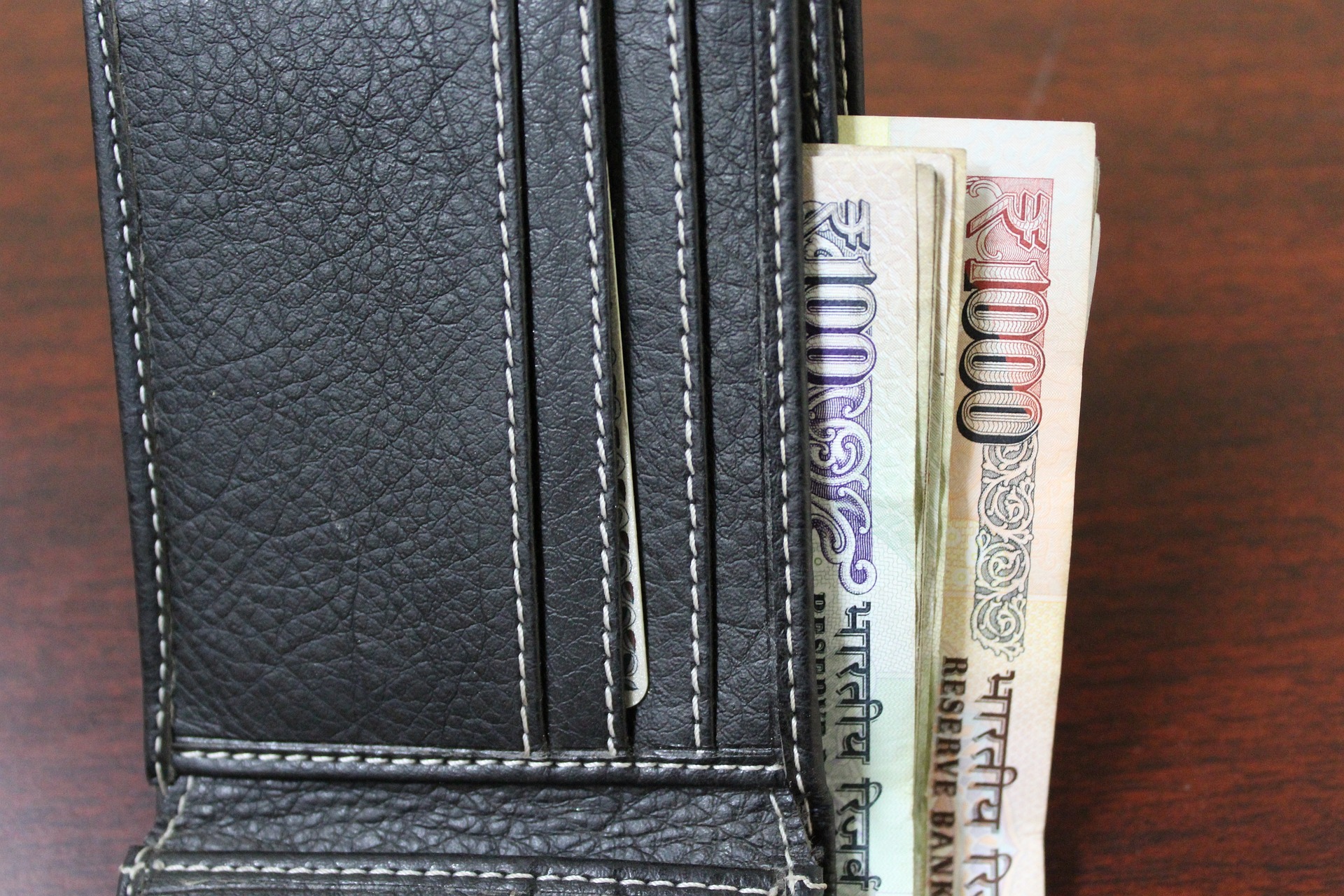Over the past 15 years, Zimbabwe has gone through a turbulent and complex monetary history, switching between six different currencies. This constant shift has been driven largely by hyperinflation, economic mismanagement, and a lack of public trust in its financial systems. The country’s struggle to stabilize its currency is not just an economic issue—it has profound implications for the people, affecting everything from daily transactions to long-term savings.
1. The Collapse of the Zimbabwe Dollar (ZWD) and Hyperinflation (2000-2009)
Zimbabwe’s first currency, the Zimbabwean Dollar (ZWD), became a symbol of the country’s economic failure in the early 2000s. Hyperinflation, triggered by political instability, mismanagement of land reforms, and government debt, spiraled out of control, reaching its peak in November 2008. At its height, Zimbabwe’s inflation rate was estimated at 79.6 billion percent month-on-month and 89.7 sextillion year-on-year .
Impact on the Populace:
- Widespread Poverty: The collapse of the ZWD led to mass poverty. People could not afford basic goods, and the cost of living soared daily, causing immense suffering. The population was forced to rely on bartering or resorting to foreign currencies for transactions.
- Devaluation of Savings: Many Zimbabweans saw their savings evaporate as the value of the ZWD plummeted. This created a widespread loss of wealth, particularly among the middle class.
- Social Instability: The social fabric of the nation frayed as unemployment soared, and there was mass emigration as people sought better opportunities abroad.
2. The Multi-Currency System (2009-2016)
In 2009, in a bid to curb hyperinflation, the Reserve Bank of Zimbabwe (RBZ) abandoned the Zimbabwean Dollar and adopted a multi-currency system. The U.S. dollar and South African rand became the dominant currencies, alongside other regional and international currencies such as the British pound and euro .
Impact on the Populace:
- Stabilization but Uncertainty: The use of foreign currencies helped to stabilize the economy, bringing inflation under control. However, this also meant that Zimbabwe lost control over its monetary policy. While prices stabilized, there was no local currency, making economic planning difficult.
- Increased Inequality: The multi-currency system exacerbated social inequality. Only the wealthier individuals had access to U.S. dollars, while the rest of the population struggled with the limited availability of foreign currency.
- Diminished Local Industry: Local businesses that relied on the Zimbabwean Dollar were crippled, as importing goods became more expensive, and the cost of doing business in foreign currencies proved challenging.
3. The Introduction of Bond Notes (2016-2018)
In 2016, Zimbabwe introduced the “bond notes,” a surrogate currency backed by a $200 million loan from the African Export-Import Bank (Afreximbank). The bond notes were intended to alleviate the shortage of U.S. dollars in circulation. Despite being advertised as “backed by value,” the bond notes were perceived as highly unreliable and were quickly devalued .
Impact on the Populace:
- Continued Currency Devaluation: The bond notes quickly became a source of frustration for the population as they devalued rapidly against the U.S. dollar. Many Zimbabweans refused to accept them, leading to further reliance on the black market for currency exchange.
- Inflationary Pressures: The introduction of bond notes contributed to rising inflation, as the RBZ printed more money to keep up with demand, further eroding the purchasing power of the populace.
- Loss of Trust in the Financial System: Trust in Zimbabwe’s financial system was already low, and the introduction of bond notes only deepened skepticism. People preferred to hold foreign currencies, which further isolated the economy from the international community.
4. The Return of the Zimbabwe Dollar (ZWL) – 2019 to Present
In June 2019, after years of using foreign currencies, the Zimbabwean government reintroduced the Zimbabwean Dollar (ZWL). The ZWL was pegged at 2.5 ZWD to 1 USD initially, but it quickly depreciated as inflation continued to surge. Despite government efforts, including foreign currency auctions and raising interest rates, the ZWL has failed to stabilize .
Impact on the Populace:
- Continued Economic Struggles: Inflation remains rampant, causing the price of goods and services to increase sharply. The average Zimbabwean faces daily challenges in affording essentials, as the ZWL depreciates rapidly against foreign currencies.
- Use of Foreign Currencies in Parallel: Many people and businesses continue to use the U.S. dollar or South African rand to conduct transactions, either out of necessity or as a safeguard against the inflation of the ZWL. This has led to a dual-currency economy where the ZWL is not widely accepted for significant transactions.
- Poverty and Job Losses: The return of the Zimbabwean Dollar has not improved living conditions for most citizens. Unemployment remains high, and those employed often face low wages that fail to keep up with inflation. The informal sector has expanded as a result, with many Zimbabweans turning to side jobs to make ends meet.
5. The RTGS Dollar (2018-2019) – A Precursor to the ZWL
Before the reintroduction of the ZWL, Zimbabwe had introduced the Real Time Gross Settlement (RTGS) dollar in 2018. This digital currency was initially pegged at 1:1 to the U.S. dollar but soon began to depreciate . The RTGS was meant to ease the shortage of physical cash and to act as a form of local currency.
Impact on the Populace:
- Unpredictable Value: The RTGS dollar’s rapid depreciation caused uncertainty for individuals and businesses, as the exchange rate fluctuated unpredictably. This undermined people’s ability to plan financially.
- Limited Access to Cash: While digital payments became more common, access to cash was limited. Many Zimbabweans, particularly in rural areas, had no access to the banking infrastructure that was required to use the RTGS for transactions.
6. Ongoing Challenges and Economic Outlook
Today, Zimbabwe is still struggling with its currency crisis. While the RBZ continues to implement measures like currency auctions to stabilize the value of the ZWL, inflation remains a persistent challenge. As of 2024, the official inflation rate hovers around 100%, though the real figure, especially on the black market, is often much higher .
Impact on the Populace:
- Erosion of Savings: Zimbabweans continue to lose the value of their savings due to inflation. Fixed-income earners, pensioners, and savers face increasing challenges in maintaining their wealth.
- Increased Cost of Living: The rising cost of food, transportation, and basic necessities has pushed many families below the poverty line. The most vulnerable populations—children, the elderly, and rural dwellers—are disproportionately affected.
- Social Unrest: The ongoing economic hardships have sparked protests and social unrest, as citizens demand government action to stabilize the economy and improve their living conditions.
Conclusion: A Long Road Ahead
The experience of having six different currencies in just 15 years reflects the complexity of Zimbabwe’s economic situation. Hyperinflation, a lack of investor confidence, and political instability have all contributed to the country’s inability to maintain a stable currency. The impacts on the populace have been severe, with poverty, unemployment, and inflation continuing to erode the quality of life for millions of Zimbabweans. Until significant reforms are made, both politically and economically, Zimbabwe’s currency challenges are likely to persist, further destabilizing the lives of its citizens.
References:
- Hanke, S. H., & Kwok, A. K. F. (2009). On the measurement of Zimbabwe’s hyperinflation. Cato Journal, 29(2).
- Reserve Bank of Zimbabwe (RBZ). (2009). Monetary Policy Statement.
- Makochekanwa, A. (2017). The Effects of Zimbabwe’s Multi-Currency System. African Development Review, 29(1).
- Muzondidya, J. (2020). The Return of the Zimbabwe Dollar: Crisis or Opportunity? Journal of African Economic Studies, 4(2).
- Ndlovu, L. (2019). Currency Volatility and Hyperinflation in Zimbabwe: A Review of the Economic Crisis. International Journal of Business and Economics, 18(3).
- Munyukwi, M. (2018). Zimbabwe’s RTGS Dollar: Challenges and Opportunities. Journal of Financial Markets, 23(4).
- World Bank (2024). Zimbabwe Economic Update: Living with Inflation.



